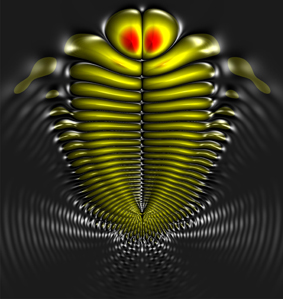A research team at the University of Stuttgart’s 5th Institute of Physics has for the first time experimentally demonstrated the presence of a permanent dipole moment in a molecule having two identical atoms, contradicting the classical opinion of homonuclear molecules having identical atoms that cannot exhibit dipole moments.
 Researchers Discover Homonuclear Molecules Having Permanent Electric Dipole Moment
Researchers Discover Homonuclear Molecules Having Permanent Electric Dipole Moment
The research team discovered a dipolar molecule having two identical atoms of the same element rubidium. The two atoms’ dissimilar electronically agitated states cause the required asymmetry, which will be lifted when the atoms swap the excitation states. However, the large size of the molecule suppresses this exchange, reducing the probability of swapping the excitation. Thus, these homonuclear molecules demonstrate a dipole moment. Moreover, a molecular axis direction is needed to demonstrate a permanent dipole moment.
The research team used a laser spectroscopy under a very-cold atomic cloud to measure the molecule’s energy transition in an electric field. In 2009, the team for the first time formed weakly bound Rydberg molecules having two identical atoms, of which one atom demonstrated a highly excited state dubbed as the Rydberg state. The dispersion of the second atom’s highly excited Rydberg electron is the cause behind the strange binding mechanism. Until now, a dipole moment was not envisaged by the hypothetical depictions of this binding mechanism. However, the probability distribution of the Rydberg electron of the bound atom varies with its scattering, resulting in the required asymmetry and formation of a dipole moment.
The experimental demonstration of a homonuclear molecule that exhibits a permanent dipole moment paves the way to understand ultra cold polar molecules that are useful in studying and manipulating chemical reactions of the individual molecules.